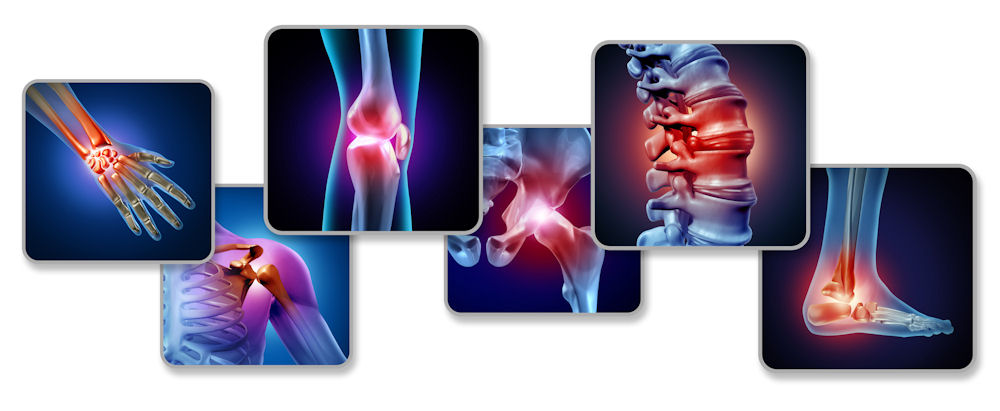 Muscle relaxers are often a go-to solution for people struggling with pain and muscle spasms, offering quick relief and making it easier to get through the day. These medications can seem like a lifeline for those with chronic back pain, a sports injury, or general muscle tension. But here’s the question many don’t think to ask: Are muscle relaxers addictive? What starts as a temporary fix for pain can gradually become a daily necessity, and before you know it, you’re depending on them more than you intended.
It’s crucial to recognize the signs of drug addiction and the prescription drug treatment options available to help you break free from this dangerous cycle. At Golden Gate Recovery in Novato, California, we provide men with the tools and resources to combat an addiction to muscle relaxers.
Muscle relaxers are often a go-to solution for people struggling with pain and muscle spasms, offering quick relief and making it easier to get through the day. These medications can seem like a lifeline for those with chronic back pain, a sports injury, or general muscle tension. But here’s the question many don’t think to ask: Are muscle relaxers addictive? What starts as a temporary fix for pain can gradually become a daily necessity, and before you know it, you’re depending on them more than you intended.
It’s crucial to recognize the signs of drug addiction and the prescription drug treatment options available to help you break free from this dangerous cycle. At Golden Gate Recovery in Novato, California, we provide men with the tools and resources to combat an addiction to muscle relaxers. 
Muscle relaxers, also known as muscle relaxants, are prescription medications aimed at improving muscle function and alleviating symptoms like muscle spasms and discomfort caused by injuries, inflammation, or neurological disorders. They primarily operate as central nervous system depressants, inducing sedation or inhibiting pain signal transmission from the nerves to the brain.
Muscle relaxants are split into two categories: antispasmodics, which target smooth muscles or the CNS to alleviate muscle spasms, and antispastics, which address spasticity by reducing nerve signals responsible for muscle contractions. Antispastics are particularly effective for conditions such as strokes, multiple sclerosis, spinal cord injuries, and cerebral palsy. Antispasmodics are medications that alleviate muscle spasms, especially within the digestive system.
While both types serve distinct purposes within muscle function management, some medications like diazepam are also prescribed for non-muscle-related issues, highlighting the versatility of these medications in clinical practice.
Antispasmodics are drugs designed to alleviate muscle spasms, especially in the skeletal muscles associated with the digestive system and urinary tract. These muscle relaxants typically function by acting on the central nervous system to diminish the nerve signals that trigger muscle contractions. They specifically target the smooth muscles lining these organs to alleviate muscle tension, spasms, contractions, cramps, and associated pain.
Antispasmodics are commonly employed to address issues such as abdominal cramping, bloating, and discomfort linked to irritable bowel syndrome (IBS). They also help decrease the frequency and urgency of urination in individuals suffering from an overactive bladder and provide relief from pain and discomfort related to urinary tract infections (UTIs).
Although antispasmodics have the potential for addiction, particularly when misused or taken in conjunction with other substances, the level of risk varies based on the specific medication and individual circumstances. Some antispasmodics, similar to certain muscle relaxants, present a moderate to low risk of addiction, while others, especially those prescribed for severe pain or individuals with a history of substance abuse, may pose a higher risk. It is essential to consult your healthcare provider for guidance.
Antispastic muscle relaxants are prescribed to manage spasticity, characterized by abnormal muscle movement patterns or simultaneous contractions due to nerve pathway damage in the spinal cord or skeletal muscles that regulate movement and stretch reflexes. These medications improve muscle tightness (hypertonicity) and involuntary spasms by acting on the central nervous system, particularly the spinal cord or skeletal muscle.
In contrast to centrally acting muscle relaxants, direct-acting muscle relaxants target muscle tissue directly. Antispastic drugs such as Baclofen and Dantrolene (Dantrium) are regarded as the primary treatment option for chronic spasticity, particularly in adults with spinal cord injuries and neurological conditions such as Cerebral palsy (CP) and multiple sclerosis (MS).
These medications block the signals that trigger muscle contractions at the root of the muscle fibers, allowing muscles to relax to alleviate spasms and stiffness. While effective, muscle relaxers are generally prescribed for short-term use and have a risk of dependency and addiction when taken for prolonged periods, especially when misused.

Like all medications, muscle relaxers can cause side effects, especially when used improperly or for prolonged periods. Some of the common side effects of muscle relaxants include
While these side effects may subside with time, they can also become more problematic when muscle relaxers are misused or abused. Prolonged use can lead to increased tolerance and physical dependence.

Muscle relaxers can be addictive, particularly when they are used outside of their prescribed purpose. The potential for addiction increases when individuals misuse muscle relaxers by taking them in higher doses than prescribed, using them without a prescription, or combining them with other substances like alcohol or opioids.
Certain muscle relaxers, such as carisoprodol (Soma), are more likely to lead to dependence due to their sedative properties. When these medications are abused, they can induce a feeling of euphoria or relaxation, which makes them desirable for individuals looking to escape stress or physical discomfort. As time passes, the body may build a tolerance to the drug, requiring individuals to take larger doses to experience the same effect. This increase in dosage leads to a greater risk of addiction.
Muscle relaxer addiction can be dangerous, as it often leads to physical and psychological dependence, overdose, and other serious health consequences. Individuals struggling with addiction may experience withdrawal symptoms when they attempt to stop taking the medication, making it difficult to quit without professional help.
Recognizing the signs of muscle relaxer addiction is essential for early intervention. Some common warning signs include
If you or someone you know is showing any of these signs, it’s important to reach out for professional assistance. Early intervention can prevent the situation from worsening and help individuals regain control of their lives.

Muscle relaxer addiction treatment typically involves a combination of detoxification, counseling, and behavioral therapy. The goal of treatment is to help individuals stop using muscle relaxers, manage withdrawal symptoms, and learn healthy coping strategies for dealing with pain or stress.
In addition to traditional treatments, many addiction recovery programs offer holistic approaches that focus on healing the mind, body, and spirit. These programs may include practices such as yoga, meditation, Reiki, acupuncture, and nutritional counseling. The goal is to promote overall well-being, reduce stress, and support emotional healing, which can complement the physical aspects of recovery and improve the chances of long-term success.

If you or someone you know is struggling with muscle relaxer addiction, help is available. Prescription drug addiction treatment centers provide specialized programs to support recovery and help individuals regain control of their lives.
At Golden Gate Recovery in Novato, CA, we understand the complexities of prescription drug addiction and are here to guide you through the recovery process. Our dedicated team offers personalized care and support every step of the way. Don’t wait—take the first step toward a healthier, drug-free life. Contact us today!
Get confidential help! Call Us Now for:

Golden Gate Recovery is a grass roots organization created by men in long term recovery with a simple mission: to continue strengthening our therapeutic and peer led community toward the goal of long term recovery for each client.